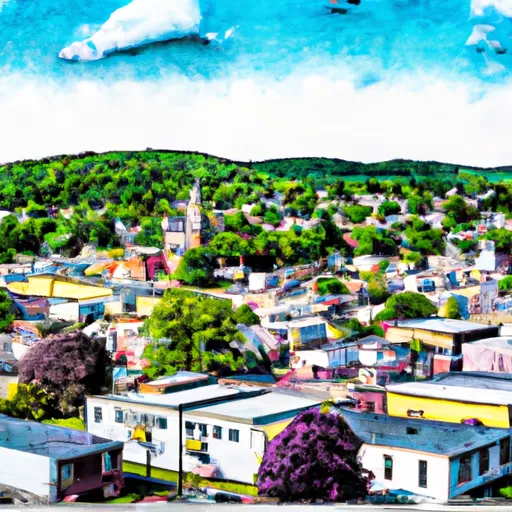°F
°F
mph
Windspeed
%
Humidity











Jefferson, Pennsylvania is a small township located in Greene County. It experiences a humid continental climate, characterized by hot summers and cold winters. Average temperatures range from the mid-20s Fahrenheit in winter to the high 70s in summer, with precipitation evenly distributed throughout the year.
Hydrologically, Jefferson is situated in the Monongahela River watershed. The area is dotted with numerous streams and creeks, including Tenmile Creek and South Fork Dunkard Creek. These waterways contribute to the region's rich hydrology and support a diverse range of aquatic life.
Outdoor enthusiasts in Jefferson have access to various recreational opportunities. The township boasts several parks and nature reserves, including Ryerson Station State Park, State Game Lands, and Greene River Trail. These areas provide ample opportunities for hiking, camping, fishing, and bird-watching. Additionally, Jefferson is surrounded by picturesque landscapes, offering excellent spots for photography and nature appreciation.
In conclusion, Jefferson, Pennsylvania offers a diverse climate with distinct seasons, a rich hydrology network, and abundant outdoor recreation opportunities. Whether one seeks adventure or a tranquil escape, this small township has something to offer for nature lovers and outdoor enthusiasts alike.
Weather Forecast
Jefferson receives approximately 1052mm of rain per year, with humidity levels near 83% and air temperatures averaging around 11°C. Jefferson has a plant hardyness factor of 6, meaning plants and agriculture in this region thrive during a short period during spring and early summer. Most plants will die off during the colder winter months.
Regional Streamflow Levels
1,480
Cubic Feet Per Second
11
Cubic Feet Per Second
167
Cubic Feet Per Second
1,590
Cubic Feet Per Second
Nearby Camping
| Camping Area | Reservations | Toilets | Showers |
|---|---|---|---|
| Audra State Park | |||
| Tygart Lake State Park | |||
| Mason - Dixon Historical Park |



